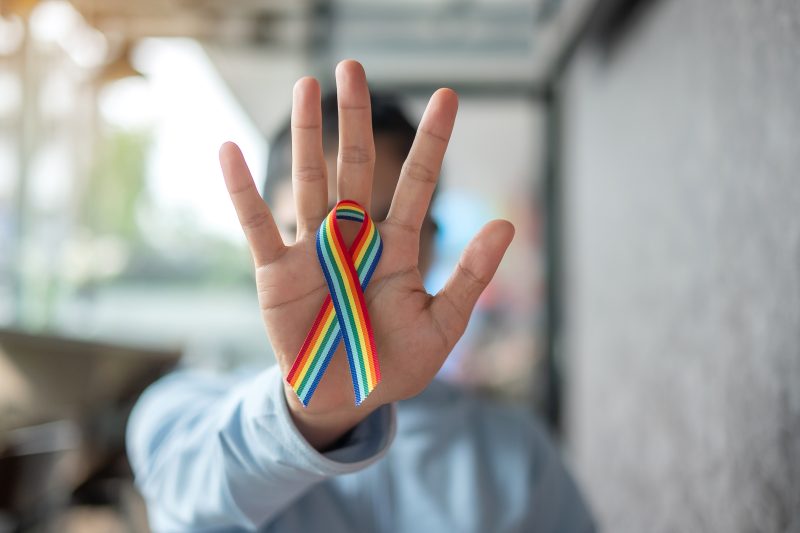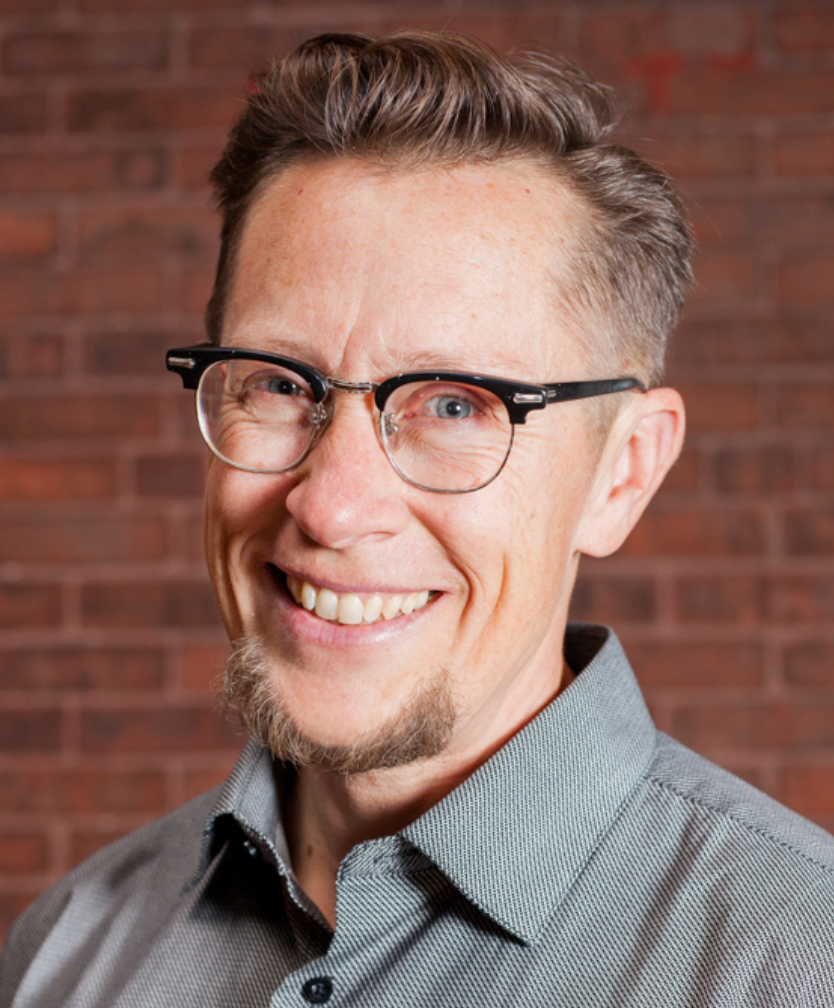PUBLISHED: 29th June 2019

by Scout, MA, PhD
I’m writing this on the eve of the 50th anniversary of Stonewall, the time when LGBTQ persons (mostly LGBTQ gender, nonconforming persons of color) stood up and fought back against systemic discrimination from the police. This whole month I have been seeing more pride observances than ever; corporations really seem to have jumped on the pride bandwagon. As someone who has been going to pride parades since the 1970s, let me assure you, this is quite a change. As I was considering pride this year, I was thinking to myself that perhaps this is the tipping point, where it’s officially becoming cool to be part of pride no matter what company you run.
Unfortunately, as I consider the amazing strides in visibility through Pride Month, I look back at my own arena, health, and see a much different picture.
Yes, you can absolutely see fundamental advancements in LGBTQ health in recent years. I acknowledge that truth. But the status quo in health is still to keep LGBTQ people in the closet. While we giddily dance in the streets, we are forced to hide our LGBTQ identity in health. What do I mean by this? Very, very, very few health researchers or health care providers ask if you are LGBTQ on any intake forms.
What does this mean functionally for us? Let me give you an example from an article I read yesterday. Tobacco use is one of the biggest risk factors for cancer. LGBTQ people use tobacco at rates that are 40% higher than the rest of the country1. Years ago I was very excited when the FDA funded Tobacco Centers for Regulatory Science, research centers tasked with understanding how tobacco affects people, especially vulnerable populations like LGBTQ persons. Yesterday I read the analysis of all the science produced by these centers in their first round of funding. After the FDA and NIH invested $273M in 14 different centers, the centers published 71 research manuscripts on vulnerable populations. How many included mention of LGBTQ persons? Two. If those other studies had simply asked if their participants were LGBTQ, they could have done an analysis of how our communities were affected and reported the results in all the manuscripts. But no, they didn’t ask.
What else does it functionally mean for us? I can provide you with zero information about LGBTQ cancer rates from any cancer registries. Until LGBTQ status is collected on electronic health records, you will never be able to find any data about us in registries.
Let me tell you how much information we have on LGBTQ inclusion in clinical trials. Nothing. Absolutely nothing. Like the tobacco example above, the U.S. is investing billions of dollars in cancer clinical trials, and simply because it is not yet standard to ask if a participant is LGBTQ, we know nothing about our rates of participation or particular different risks or health outcomes that we experience.
What happens when we do ask? I was struck by a piece of data that came out in the last few weeks. The NIH has been running a $100M initiative to expand diversity in its investigator pool. Thus far, their focus has been on racial and ethnic diversity. The office leading this effort recently conducted a workforce climate survey of NIH employees, where they asked about LGBTQ status. What were the topline findings?
Perhaps to their surprise but certainly not mine, the groups experiencing the most sexual harassment (by far) were trans people and bi women.
What happens when you ask patients about their trans status? A clinic in Canada asks their patients, which allowed them to do a study of cancer screening rates for their trans clients. They found cancer screening rates for their trans clients were 50%, 60%, and 70% lower than others for colorectal, cervical, and breast cancer, respectively.
When researchers at NYU recently asked oncologists about their level of education in treating LGBTQ patients, they found that 60% of oncologists did not feel they knew enough about treating LGB people, and 80% did not feel they knew enough about treating trans people.
I am the Deputy Director of the National LGBT Cancer Network. As one of the eight CDC-funded tobacco and cancer disparity networks, we collect resources and provide trainings for CDC grantees and other health organizations engaged in this arena. We have been spending a lof of our effort on educating state departments’ of health, researchers, and medical providers about the importance of LGBTQ data collection, It’s a slow road but there is more interest every month. For example, FORCE recently published an XRAYS review of our research on experiences and recommendations of lesbian, gay, bisexual, transgender, and queer (LGBTQ) patients with cancer.
What can you do to help? If you are interested in finding out more about trainings, you can contact our membership coordinator: karen@cancer-network.org. But whoever you are, whether or not you work in the health arena-next time you see any health form where they ask demographics questions but do not include LGBTQ status, ask them why not?
The health disparities my communities experience are profound. Maybe it’s time for healthcare practitioners and researchers to let LGBTQ people finally come out of the closet.
Reference
1Wang TW, Asman K, Gentzke AS, et al. Tobacco Product Use Among Adults — United States, 2017. MMWR Morb Mortal Wkly Rep 67:1225–1232, 2018 Table 1

Scout is the Deputy Director of the National LGBT Cancer Network and the principal investigator of the CDC-funded LGBTQ tobacco-related cancer disparity network. He has a long history in health policy analysis and a particular interest in expanding LGBTQ surveillance and research. Scout is an openly transgender father of three, a vegetarian, an avid hiker, and is currently training for a half marathon.
POSTED IN: XRAY , Health Equity And Disparities , Diversity And Inclusion
TAGS: Health Disparities , Research , LGBTQ , Health Equity
1 Comments
September 12, 2023
The Netherlands' dedication to supporting the <a href="https://whydonate.com/nl/lgbtq-inzamelactie/>LHBTQ</a> community is truly commendable. The keyword "LHBTQ" highlights the diverse identities within this community and underscores the importance of inclusivity.
lgbtq
Reply